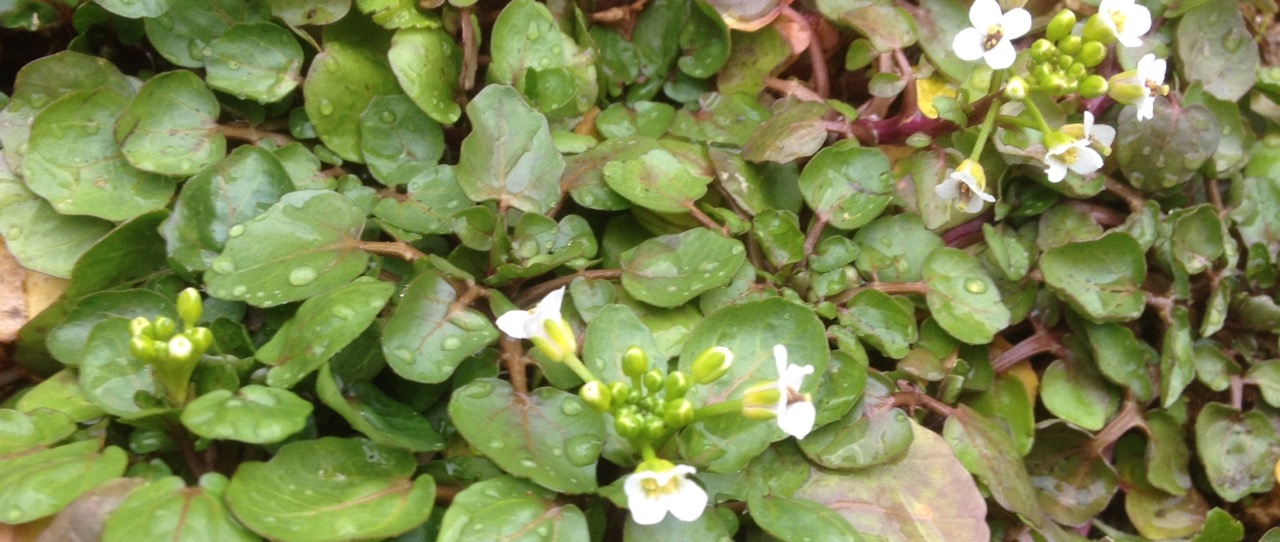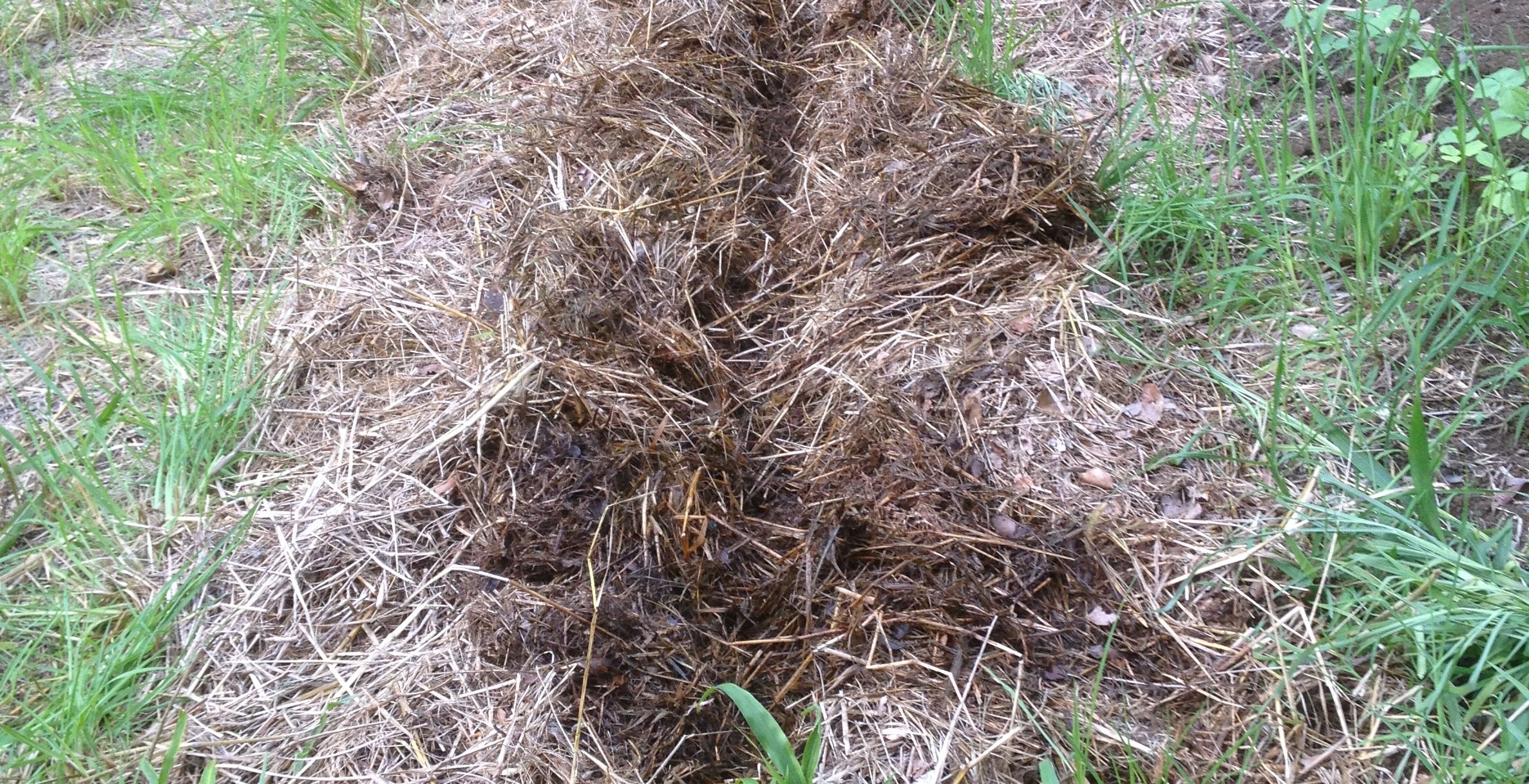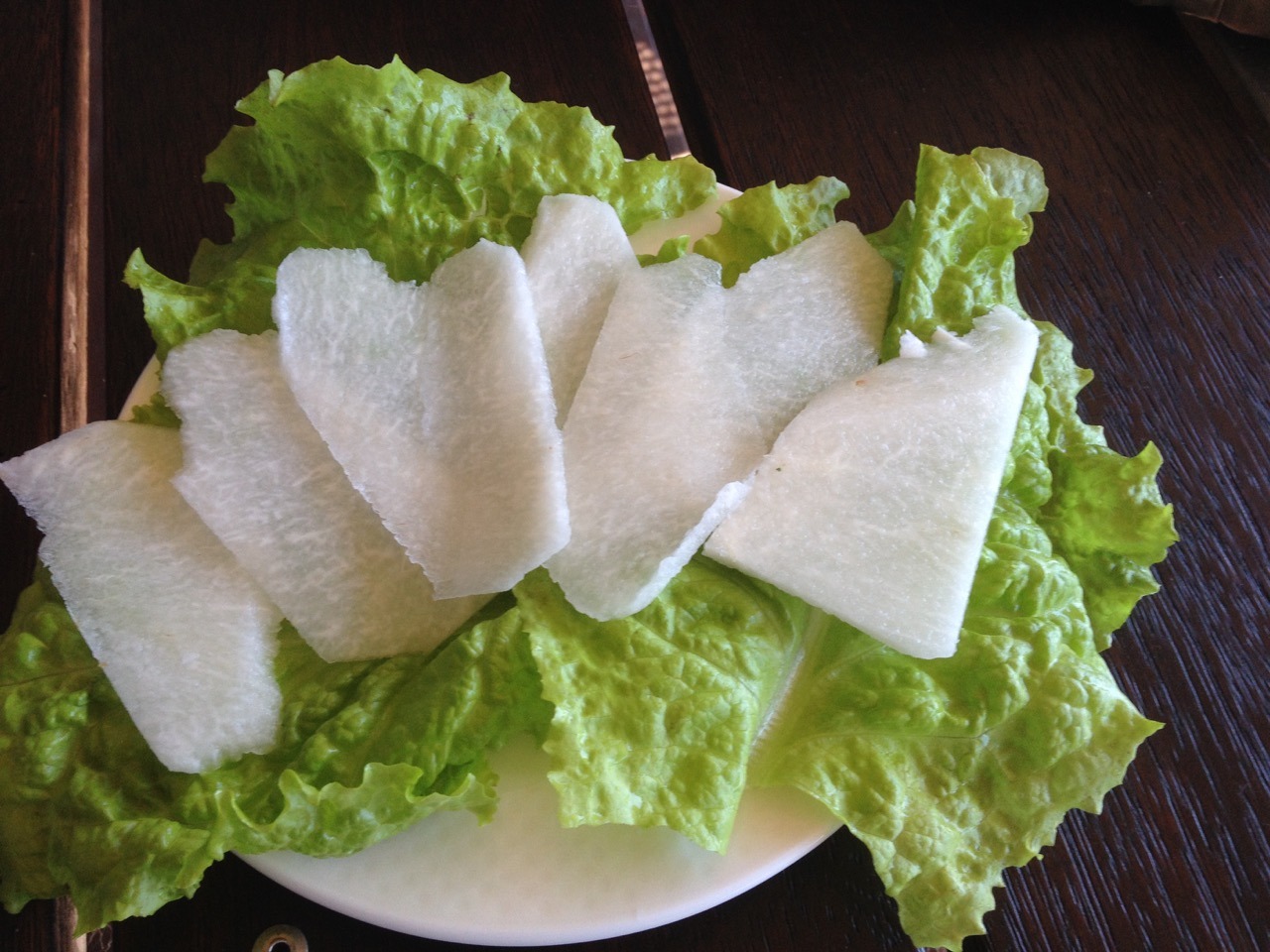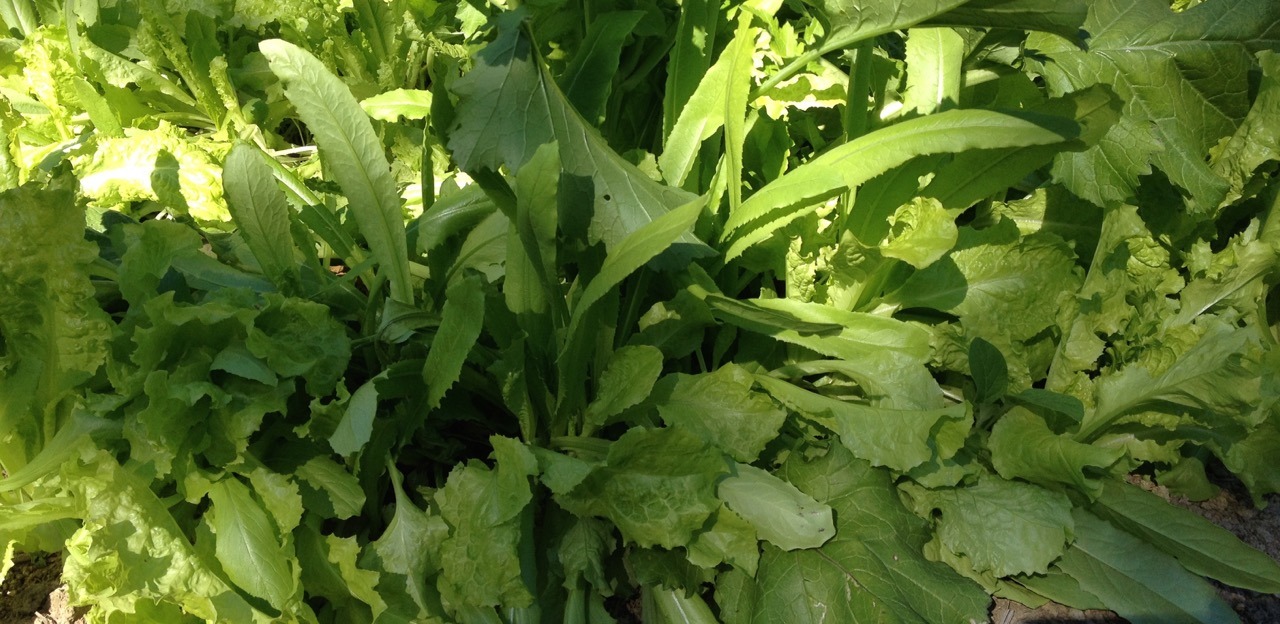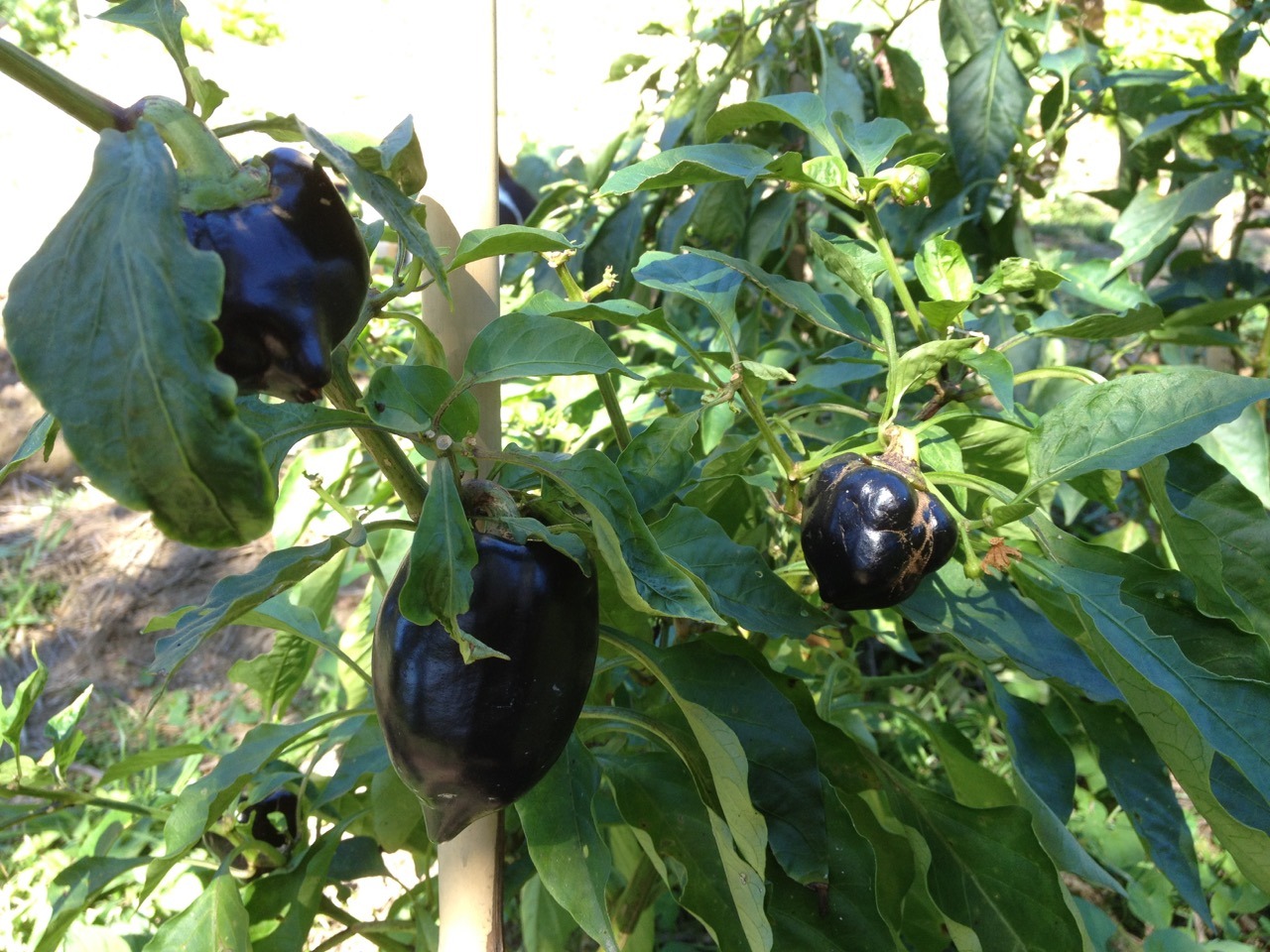Whether you treat it like a herb or a vegetable, growing watercress is rewarding for the home gardener. In the cities you’re likely to find a reliable if costly supply, but I haven’t seen it for sale out here, and it’s very handy to have to pick at anytime for a garnish, or to liven up a sandwich, or on the larger scale to use as the main vegetable in a soup or frittata. A problem with bought watercress is that it tends to be all stem with yellow leaves low down,…
Read MoreTag: vegetable
No-dig beds; are they any good?
I was keen to try no-dig beds, as they seem an ideal solution for opening up new garden areas without the considerable effort of hoeing and digging over new soil. My first efforts have not been entirely successful, although I’m still working at finding a method that works for me. Here are a few tips if you’re thinking of giving this method a try.
Read MoreCandystripe beetroot (Chioggia)
Candystripe beetroot is a bit of fun for the vegetable patch. I’ve never seen it in the shops, and it would be difficult to sell as it looks like a plain red beet until peeled and cut, so it’s one of those vegetables that reward the home gardener with something unusual.
Read MoreGrowing tomatillos. Winter is best for subtropics.
Growing tomatillos can take a bit of local experience. In many places they are a Summer crop, but my Summer tomatillo crop was a flop. The bed grew beautifully and the plants were covered in fruit, and then the beetles moved in and stripped the lot to stems. But the fallen fruit re-seeded a Winter crop, which although sporadic around the garden is doing very well and not getting eaten at all.
Read MoreJicama; easy and delicious.
Jicama first came to my attention through Jeremy Coleby Williams‘ excellent blog on subtropical gardening, and segment on Gardening Australia. I had also been intrigued by Matthew Kenney‘s raw food recipes, where he uses thinly sliced jicama as a layer in nori rolls. Jicama is another food that is not widely used or available in Australia, so I was keen to try it myself. In early Winter my jicama plants were looking a bit end-of-season, with some purplish leaves, so I had a go at digging one. I had thought I could…
Read MoreGrowing Celtuce
The celery of the lettuce family is called celtuce. It’s been selected for its stems, rather than the leaves, but the young leaves are also good for salads. Sowing seeds too thickly is a common error, especially for me, but fortunately with lettuce you can salvage the situation by thinning them out and using the thinnings for salad. We have been having celtuce as a salad lately, and also for cooking, as I thin out my lettuce bed in favour of standard lettuce.
Read MoreBlack capsicums for the vegetable garden
Black capsicums are eye-catching, and they are often commented on by visitors as they sit on our kitchen bench, looking lustrous and mysterious. I bought the seeds for that reason, as part of an assortment of capsicums and chillies, lured by the colour. After a season of them though, I don’t think I will persevere. What’s wrong with them? They fruit well enough, producing a steady crop, but that doesn’t translate to table. Some didn’t progress past tiny fruit, some stayed deceptively green until they were overripe, but the main problem…
Read MoreBeefsteak tomatoes
For flavour and texture, beefsteak tomatoes are hard to beat. Their large size and fairly flat fruit make them good for sandwiches, and they have thick flesh and less seed than other tomato types, meaning the flavour is less acid.
Read MoreNew beds planted.
It rained on Saturday night, not a lot, but a heavy thunderstorm that got the ground moist again. So I got into the new beds and sowed a new lot of seeds. In this pair of steep narrow terraces I put in a repeat crop of brassicas; radish champion, radish early scarlet globe, daikon, and turnip gold ball. In the rich looking level bed next to it I put a second sowing of some of the salad greens that have poor shows from the May sowing; mustard osaka purple, endive…
Read More
